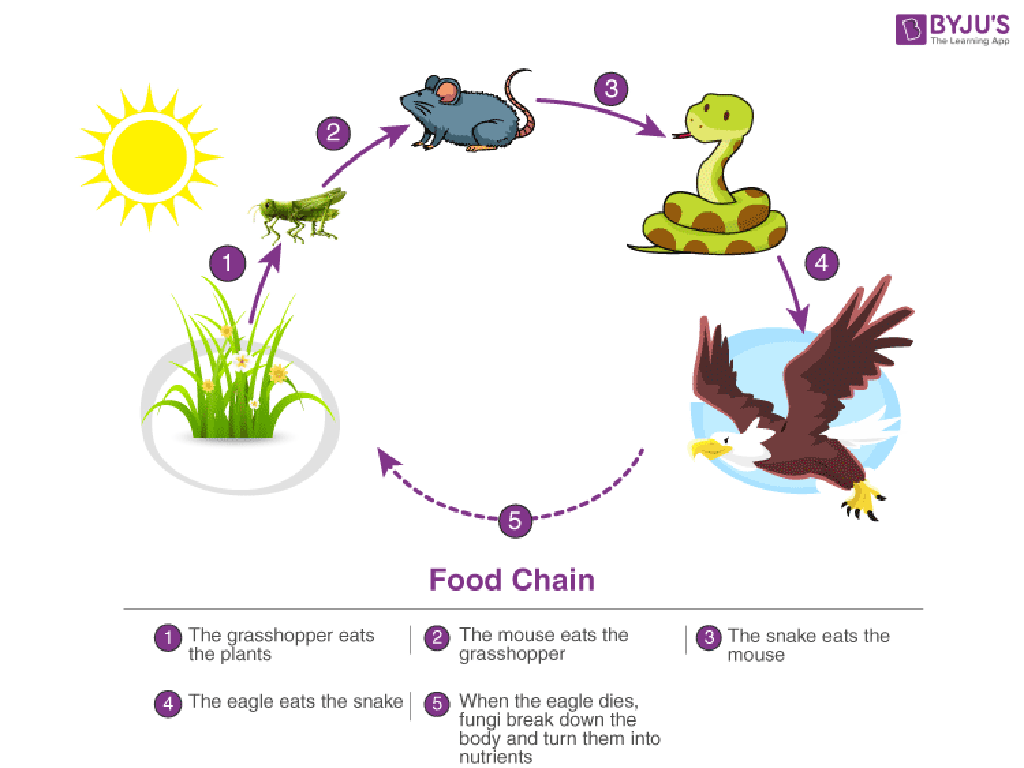Name Countries Of Asia: Region 5
Subject: Social studies
Grade: Sixth grade
Topic: Asia: Geography
Please LOG IN to download the presentation. Access is available to registered users only.
View More Content
Exploring Asia: Region 5 Countries
– Asia: Earth’s largest continent
Asia is vast, with diverse climates and landscapes.
– Celebrating Asia’s diversity
Home to various cultures, languages, and traditions.
– Region 5: A closer look
Focusing on specific countries in Asia’s fifth region.
– Learning objectives
Identify Region 5 countries, capitals, and one unique fact.
|
Begin the lesson by introducing Asia as the largest continent, both in size and population. Emphasize its vast diversity, including a multitude of cultures, languages, and geographical features. Today’s focus will be on Region 5, which may include a specific subregion or grouping of countries within Asia as defined by the curriculum. The learning objectives are to help students identify the countries within this region, their capitals, and to learn one unique fact about each to appreciate the diversity within Asia itself. Engage students by asking if they know any countries in Asia or if they have heritage from the continent. This will make the lesson more personal and memorable.
Exploring Asia: Region 5
– Review Asia’s physical geography
– Asia has diverse landscapes: mountains, rivers, and deserts
– Breakdown of Asia’s regions
– Asia is divided into subregions for easier study
– Region 5’s geographic location
– Region 5 includes countries like Vietnam, Laos, and Cambodia
– Significance of Region 5
– Region 5 is known for its cultural heritage and history
|
Begin with a brief review of Asia’s vast and varied physical features, including the highest mountain ranges, extensive river systems, and expansive deserts. Explain how Asia is divided into smaller regions to help us understand its complexity. Focus on Region 5, pointing out its location on the map and discussing the countries within this region. Highlight the significance of Region 5, touching on its rich cultural heritage, historical importance, and the role it plays in Asia’s overall geography. Encourage students to think about how the physical geography of Region 5 might influence the culture and daily life of the people living there.
Exploring Asia’s Region 5: Countries and Capitals
– List of Region 5 countries
– Includes Thailand, Malaysia, Singapore, etc.
– Capitals and national flags
– Bangkok is Thailand’s heart; Kuala Lumpur reflects Malaysia’s diversity
– Interesting country facts
– Thailand’s water festivals, Singapore’s Garden City status
– Cultural and geographical insights
– Learn about unique traditions and diverse landscapes
|
This slide aims to introduce students to the countries of Asia’s Region 5, their capital cities, and national flags. It’s important to provide a map for visual reference and flags to aid memorization. Discuss interesting facts about each country, such as Thailand’s famous water festival, Songkran, or Singapore’s reputation as a Garden City. Encourage students to explore the cultural richness and geographical diversity of the region. This will not only help them remember the countries and capitals but also foster a deeper understanding of the world’s largest continent.
Cultural Glimpse of Asia: Region 5
– Diversity of languages in Region 5
– Region 5 includes languages such as Mandarin, Thai, and Malay.
– Traditional attire and celebrations
– Festivals like Chinese New Year, Songkran, and Diwali; clothing like cheongsam, sarong, and sherwani.
– Culinary delights and famous sites
– Taste dim sum, pad thai, and satay; visit the Great Wall, Angkor Wat, and Petronas Towers.
– Exploring cultural uniqueness
|
This slide aims to provide students with a colorful overview of the rich cultural tapestry of Asia’s Region 5. Highlight the linguistic diversity, traditional clothing, and festivals that make each country unique. Discuss popular foods that students may recognize and iconic landmarks they may have seen in pictures or media. Encourage students to think about the cultural aspects that define their own communities and how they might compare to those in Region 5. This comparison will help them appreciate the diversity and commonalities among cultures.
Economic Overview of Asia: Region 5
– Major industries in Region 5
– Agriculture, manufacturing, and technology
– Economic challenges faced
– Addressing poverty, infrastructure, and education
– Opportunities for growth
– Investment in tech and green energy
– Trade with the United States
– Exports to the U.S. include electronics, textiles
|
This slide provides an economic snapshot of Asia’s Region 5, highlighting the predominant industries such as agriculture, where rice and tea might be significant crops, manufacturing which could include automotive and electronics, and a growing technology sector. Discuss the challenges that the region faces, including poverty, the need for improved infrastructure, and education systems. Explore the opportunities that exist, such as foreign investment in technology and sustainable energy sectors. Lastly, examine the trade relations between Region 5 and the United States, focusing on the export of goods like electronics and textiles that are integral to the relationship. Encourage students to think about how these economic factors influence daily life in these countries and the global economy.
Environmental Aspects of Asia: Region 5
– Explore unique landscapes
– Mountains, rivers, and diverse ecosystems
– Discuss environmental challenges
– Pollution, deforestation, and climate change
– Review conservation efforts
– National parks, wildlife protection, and sustainable practices
– Ways we can contribute
– Recycling, supporting eco-friendly products, and education
|
This slide aims to educate students about the distinct environmental features and challenges of Asia’s Region 5. Highlight the unique landscapes such as the Himalayas and the Gobi Desert, and discuss how these contribute to the region’s biodiversity. Address the pressing environmental issues like air and water pollution, deforestation, and the impacts of climate change on these countries. Emphasize the importance of conservation efforts, including the establishment of national parks and wildlife sanctuaries, and the role of international cooperation in promoting sustainable practices. Encourage students to think about how their actions, such as recycling and supporting eco-friendly products, can make a positive difference. The slide should inspire students to be environmentally conscious and considerate of their impact on the planet.
Class Activity: Mapping Asia’s Region 5
– Receive a blank map of Asia
– Label Region 5 countries
– Focus on countries like India, Bangladesh, and Sri Lanka
– Mark capitals and flags
– Capitals: New Delhi, Dhaka, Colombo. Draw the flags beside each country
– Share interesting country facts
– Find a unique fact about the culture, history, or geography of each country
|
This activity is designed to help students visually and interactively learn about the countries in Asia’s Region 5. By labeling the map, students will become familiar with the geography of the region. Marking the capital cities and drawing the flags will aid in memorizing these important national symbols. Encouraging students to research and share an interesting fact will deepen their understanding and appreciation of each country’s unique attributes. For the teacher: ensure each student has access to resources for research, provide assistance with flag details, and facilitate the sharing session to ensure each student participates and learns from their peers.
Conclusion & Reflection: Asia’s Region 5
– Recap of today’s lesson
– Insights on Region 5
– Discussed countries like Thailand, Vietnam, and Singapore
– Cultural significance
– Understanding cultures fosters respect and global awareness
– Reflect on our learning
|
As we conclude today’s lesson, it’s important to reflect on the key points we’ve covered about Asia’s Region 5. We’ve explored countries such as Thailand, Vietnam, and Singapore, delving into their unique geographical features and cultural aspects. Emphasize to students the value of learning about different cultures and regions, as it broadens their perspectives and promotes a more inclusive worldview. Encourage them to think about how this knowledge can be applied in their lives and to appreciate the diversity that exists within Asia and beyond. Ask students to share their thoughts on what they found most interesting about Region 5 and how they might use this information in the future.






